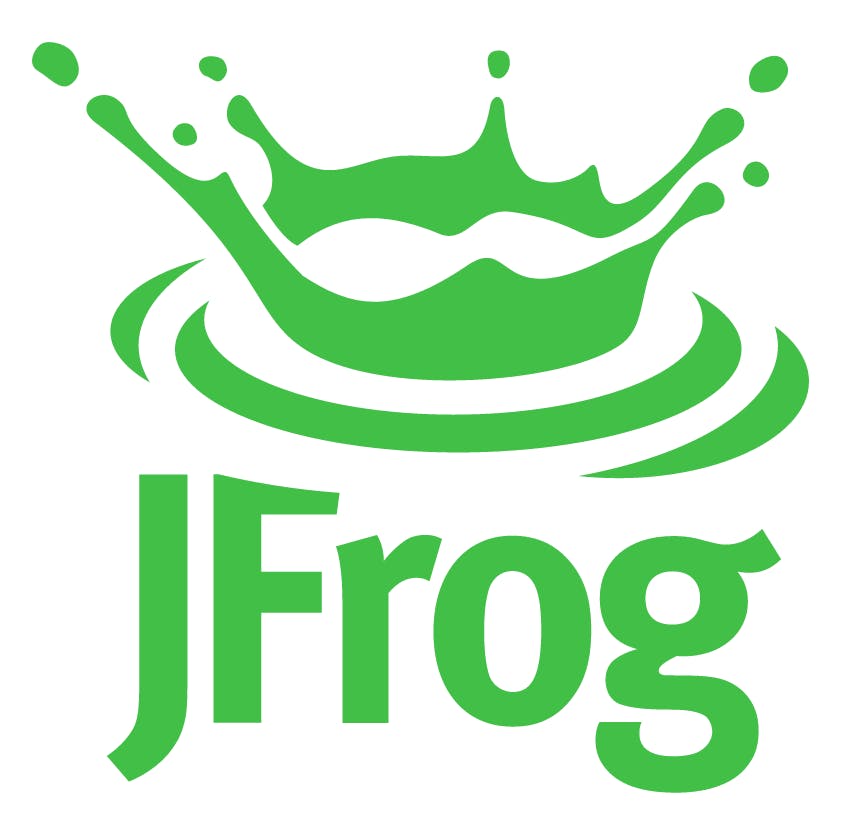Streamlining DevOps: Automating JFrog with AWS
In the realm of DevOps, efficiency and automation are paramount. As organizations strive to deliver high-quality software at scale, the need for robust automation solutions becomes increasingly evident. JFrog, with its suite of tools for managing software packages and artifacts, plays a crucial role in modern software development pipelines. When coupled with the power of Amazon Web Services (AWS), it opens up new possibilities for streamlining and automating DevOps workflows.
In short, in DevOps, being efficient is crucial. JFrog provides tools for managing software, and when we use them with Amazon Web Services (AWS), it helps us automate and streamline our work, making our processes smoother and faster.

The Significance of JFrog in DevOps
Before delving into the automation capabilities provided by AWS, it's essential to understand the significance of JFrog in the DevOps landscape. JFrog Artifactory, in particular, serves as a universal artifact repository manager, allowing organizations to store, organize, and manage their software artifacts efficiently. It supports various package formats, including Docker, npm, Maven, and more, making it a versatile choice for diverse development environments.
JFrog Artifactory ensures artifact consistency and reliability throughout the software development lifecycle. It promotes collaboration among development teams, facilitates artifact traceability, and enables seamless integration with popular CI/CD (Continuous Integration/Continuous Deployment) tools like Jenkins, GitLab CI/CD, and AWS CodePipeline.
Leveraging AWS for JFrog Automation
Amazon Web Services offers a rich set of services and tools that complement JFrog's capabilities, enabling organizations to automate and optimize their DevOps workflows effectively. Here's how AWS can be leveraged to automate various aspects of JFrog:
1. Infrastructure as Code (IaC) with AWS CloudFormation
AWS CloudFormation enables you to define your infrastructure as code, allowing for the automated provisioning and management of AWS resources. By using CloudFormation templates, you can effortlessly deploy and configure JFrog Artifactory instances, along with associated AWS resources such as EC2 instances, RDS databases, and security groups. This approach ensures consistency and repeatability across different environments, from development to production.
2. Scalability and High Availability with AWS Auto Scaling and ELB
To ensure the availability and scalability of JFrog Artifactory, AWS Auto Scaling can be employed to automatically adjust the number of EC2 instances based on demand. By configuring Auto Scaling policies and integrating with Elastic Load Balancing (ELB), you can dynamically scale your JFrog Artifactory cluster in response to changes in workload or traffic patterns. This ensures high availability and optimal performance, even during peak usage periods.
3. Data Management and Backup with Amazon S3 and AWS Backup
Amazon S3 serves as a reliable and cost-effective storage solution for storing artifacts, backups, and other data managed by JFrog Artifactory. You can configure JFrog Artifactory to use Amazon S3 as its underlying storage backend, ensuring durability, scalability, and seamless integration with other AWS services. Additionally, AWS Backup provides a centralized and automated solution for backing up and restoring JFrog Artifactory data, simplifying the backup process and ensuring data integrity.
4. Security and Compliance with AWS Identity and Access Management (IAM) and AWS Key Management Service (KMS)
Security is a top priority in any DevOps environment, and AWS offers robust security features to protect JFrog Artifactory deployments. AWS IAM enables fine-grained access control, allowing you to define policies and roles to restrict access to JFrog Artifactory resources based on least privilege principles. Furthermore, AWS KMS provides encryption key management services, allowing you to encrypt sensitive data at rest and in transit, thereby enhancing data security and compliance with regulatory requirements.
5. Monitoring and Logging with Amazon CloudWatch and AWS CloudTrail
Monitoring and logging are essential components of any DevOps workflow, providing insights into system performance, resource utilization, and operational issues. With Amazon CloudWatch and AWS CloudTrail, you can gain visibility into your JFrog Artifactory environment, monitor key metrics, set up alarms, and automate remediation actions based on predefined thresholds. Additionally, CloudTrail enables audit logging and compliance monitoring, allowing you to track API calls and changes to JFrog Artifactory configuration settings.
Conclusion
In conclusion, the combination of JFrog and AWS presents a powerful solution for automating and optimizing DevOps workflows. By leveraging AWS services such as CloudFormation, Auto Scaling, S3, IAM, and CloudWatch, organizations can automate the provisioning, management, and monitoring of JFrog Artifactory deployments, resulting in improved efficiency, scalability, and reliability.
As organizations continue to embrace DevOps principles and practices, the integration of JFrog and AWS will undoubtedly play a pivotal role in driving innovation, accelerating software delivery, and achieving business agility in today's fast-paced digital landscape. By harnessing the full potential of these technologies, organizations can stay ahead of the curve and deliver value to their customers with greater speed and confidence.
Happy Coding :)